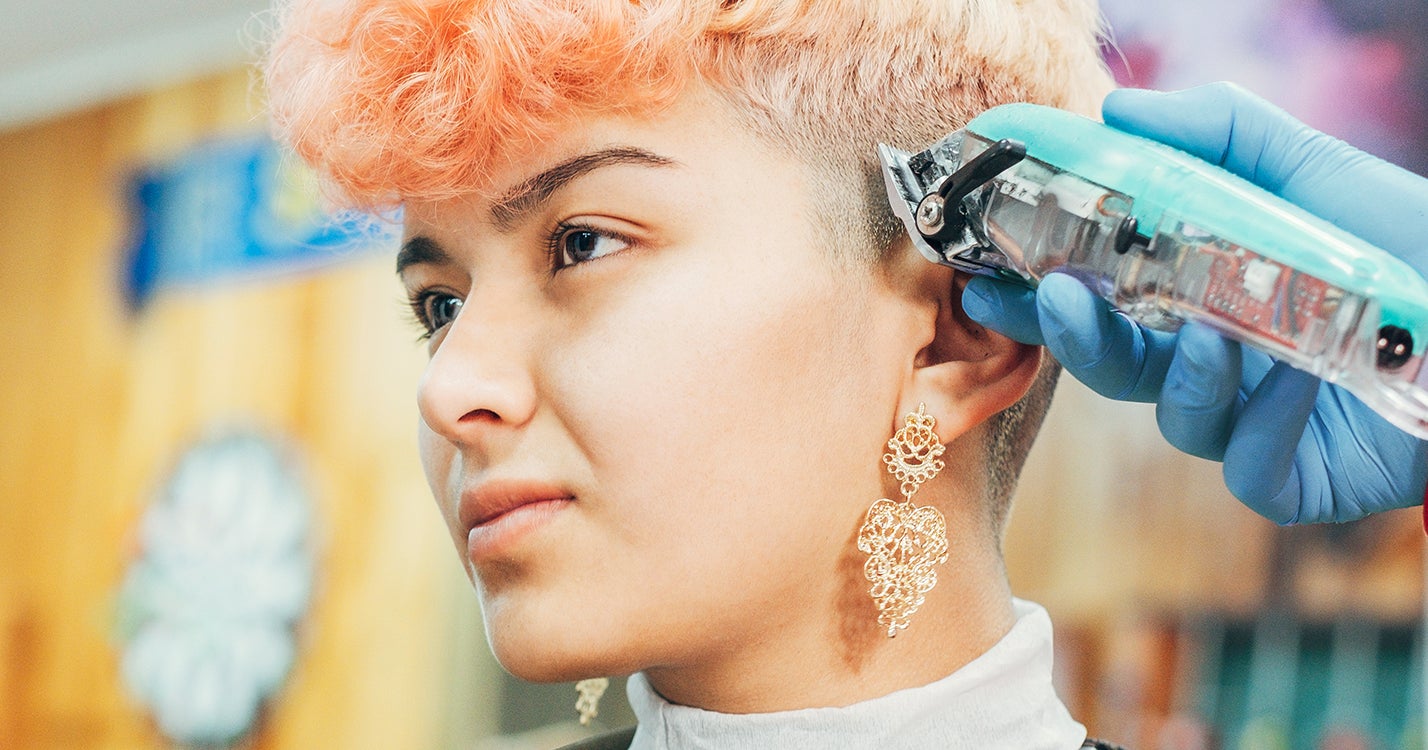Richard Dominick in Jerry Springer: Fights, Camera Action.Courtesy of Netflix/Netflix
If you’ve been wondering when bickering real housewives, oily twentysomethings competing for love and people going under the knife on-camera started saturating television schedules, look no further than Jerry Springer.
That’s the argument director Luke Sewell (The Undateables) makes in the two-part series Jerry Springer: Fights, Camera, Action on Netflix.
The project examines Springer’s culpability in transforming the talk show space from a formulaic lifestyle offering to an all-out brawl that exploited small-town folks for entertainment, no matter the cost.
The series begins by briefly examining Springer’s Emmy-winning news background and political aspirations (he was the mayor of Cincinnati from 1977 to 78) and his foray into talk. When The Jerry Springer Show premiered in 1991, it was unremarkable. The ‘90s were the era of daytime talk shows, and major players such as Oprah Winfrey owned the ratings game.
Springer and his political guests tackled meaningful topics such as homelessness and gun control, but the show failed to earn decent ratings. NBCUniversal eventually booted it to the 1 a.m. slot, where people expected it to die.
With nothing to lose and a new hotshot executive producer named Richard Dominick at the helm, the creative team pivoted. And so, in the mid-90s, the show transformed from into a fun, sexy show designed to bring tabloid news to the screen.
In other words, American shock culture was born.
As former show producers such as Tobias Yoshimura, Annette Grundy and Melinda Chait Mele recall in the doc, the weirder or wilder the story, the better get it was for the series. Nudity was just the beginning. Over 27 seasons, the series welcomed cheaters, rapists, Nazis and a man who married a horse as audiences pumped their fists, covered their mouths and shouted out the host’s first name.
Dominick, the most compelling interview of the doc, explains he wanted to see just how far the show could go and what they could get away with. He recalls early phone calls from network execs wanting him to reel things in – but once the ratings from those first few revamped shows came in, it returned to its daytime time slot.
Sewell explores several of the most shocking show moments that followed by using archived footage. Those scenes are nothing new for viewers who watched the first time, however. What makes the documentary interesting is the interviews with the producers, who reveal how and why they prepared their subjects. They culled guests from small towns, notably from the “Springer Triangle,” a location between Tennessee, Ohio and Georgia. Many of these folks had never set foot in a big city and believed their stories were unique and important.
One former guest recalls receiving the star treatment upon arrival, with limos, flights and a surreal number of drink tickets. The atmosphere encouraged partying until the early hours of the morning, before an unexpected 5 a.m. wake-up call and journey to the set to tape. There, it was common for producers to yell, throw chairs or make threats as they prepped the guests and created an aggressive energy before it was time to go onstage. According to those interviewed, guests often believed they were appearing on the show to solve a problem, not to be judged by millions of viewers. Even more appalling is the reveal that guests who didn’t perform weren’t given a plane ticket home.
The problem is that once you shock audiences, you must continually push the needle to keep them tuning in. Capitalizing on these tales – and asking producers to source them – took a toll on the mental health of guests and staff.
In the two-hour Netflix doc these topics are addressed but never thoroughly explored. The most critical voice is Chicago media columnist Robert Feder, who questions the lasting impact the series had not only on daytime but on television as a whole. The doc would have benefitted from more of these critical voices.
During Springer’s reign, the show was met with outrage and protests. Meanwhile, the host was untouchable, even when news leaked that he had slept with some of his guests – a move that would have cancelled him today.
There’s no question that Springer and his show pushed the boundaries on what people were willing to show on camera. Springer, who died in 2023 (and who appears only in archival footage), later expressed regret for the series and once remarked that he was going to hell for the harm he’d caused pop culture and television.
At its height, The Jerry Springer Show toppled Oprah Winfrey in the ratings. When Springer’s execs limited what the show could do and who it could bring on for fear of lawsuits, ratings fizzled. It never recovered, and the series was cancelled in 2018. But myriad talk show hosts and exploitative reality shows have since followed in its footsteps.
As series such as The Real Housewives come under fire for showcasing addiction problems, and contestants on series such as Love Is Blind accuse producers of causing emotional distress, it’s clear the medium is still blurring the line between entertainment and personal struggles.
A “final thought,” to borrow Springer’s signature sign-off: If people continue to tune in, television will keep showing us the worst of ourselves. Whether viewers want to feel seen, better about themselves or as though they’re escaping real life, everyone loves a trainwreck. Springer may have been a pioneer in this culture, but if he didn’t do it, someone else would have.














